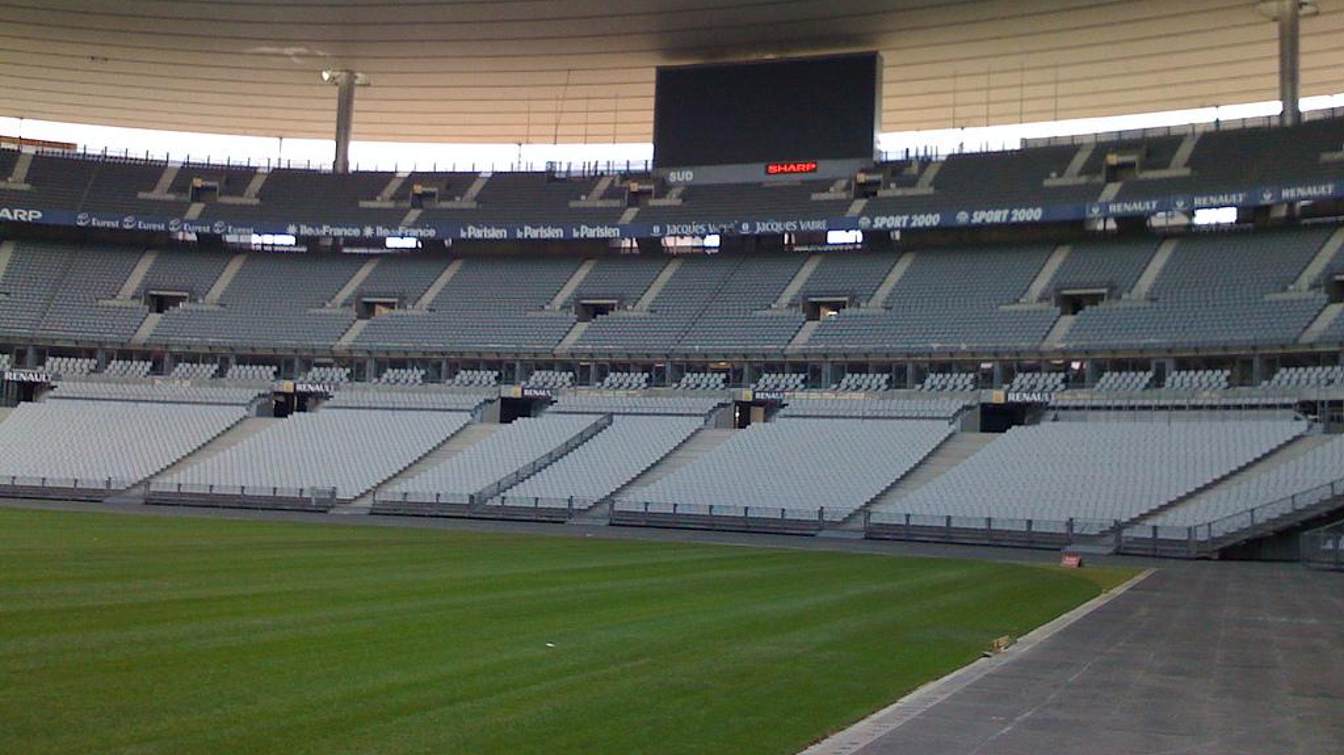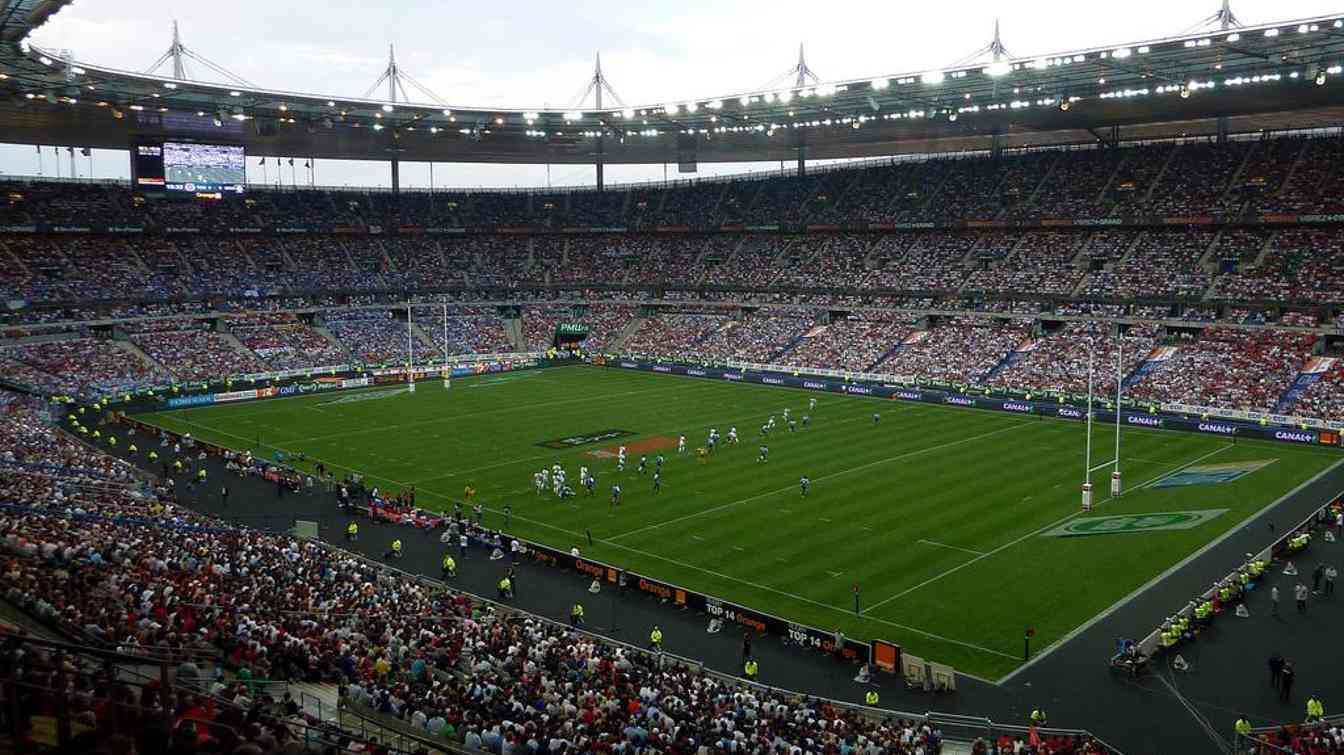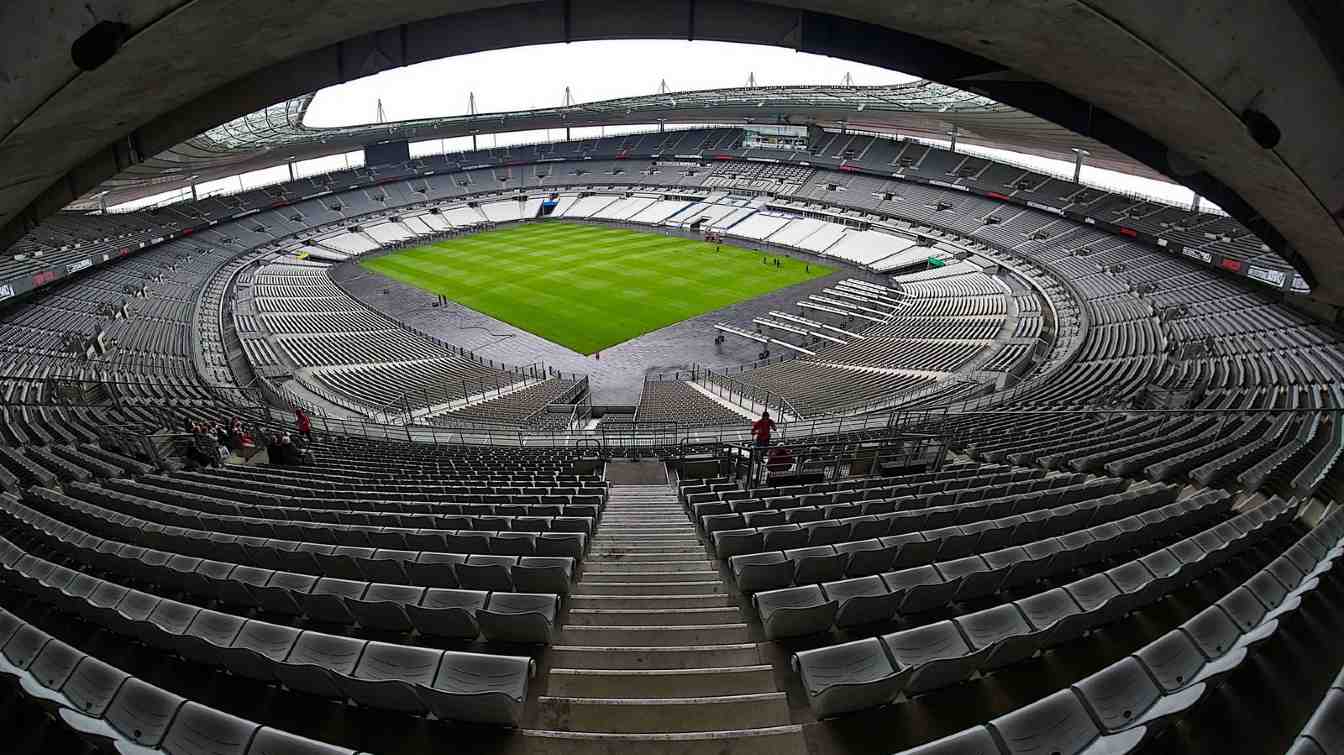France: Final preparations for Paris Olympics overshadowed by controversy
source: StadiumDB.com; author: Miguel Ciołczyk Garcia, Jakub Ducki
 In the shadow of the ongoing controversy over the kicking out of homeless people from the streets of Paris ahead of the Games and the finally lived-in bathing of Paris mayor Anne Hidalgo in the Seine, preparations are underway at Stade de France. Interestingly, the venue will be the first ever major stadium for the Games not to host the opening ceremony.
In the shadow of the ongoing controversy over the kicking out of homeless people from the streets of Paris ahead of the Games and the finally lived-in bathing of Paris mayor Anne Hidalgo in the Seine, preparations are underway at Stade de France. Interestingly, the venue will be the first ever major stadium for the Games not to host the opening ceremony.
Advertisement
Competition and closing, but no opening?
Opened in 1998 by President Jacques Chirac on the occasion of France's match against Spain, Stade de France is France's largest stadium and a record-breaker in many categories. It is where the biggest rugby matches in history have been held since its inception, as well as the biggest match between French second division teams (over 48,000 spectators came to see Red Star - St. Etienne, 1999). It is also the only stadium in the world to have hosted football and rugby World Cup finals.
As the main arena of the Games, Stade de France will host the athletes of most disciplines, but it will not do so at the start of the competition. Indeed, the opening ceremony will take place on the river Seine, an unprecedented break from the tradition of inaugurating the Olympic Games in a stadium. The 300,000 people gathered by the river will be able to watch the teams pass through Paris on boats. Instead, the stadium will host the closing ceremony on Sunday, August 11, as well as the following competitions: Rugby 7 matches and athletics competitions such as sprint and long-distance running, javelin and hammer throw.
Preparations in full swing
As part of the intense preparations for the upcoming Paris 2024 Olympic Games, Stade de France witnessed the latest general tests. One of the highlights of these was the crossing of funambulist Tatiana-Mosio Bongonga, who walked 25 metres above the ground, covering a distance of 240 metres between a garden in the Francs-Moisins district and Stade de France. This spectacular attempt took place without any safeguards, which added extra tension and excitement. It was one of many events within the framework of the Cultural Olympiad
, the artistic programme accompanying the Games. In preparation, a parade on the Seine for the opening of the Games had already been simulated and general security and logistics were being tested.
Lavender treadmill
At the end of June 2024, Stade de France did not escape inspection either, having changed its appearance slightly. 400 young people from the Ile-de-France region, served as guinea pigs in the preparations. And they, rather than the Olympic athletes, were the first to notice the biggest change in the Olympic stadium: the colour scheme.
The big task was to create a design that was different from what we had seen so far, so as to keep the creative approach that the Organising Committee had had since its creation, i.e. to think a little outside the box
- explained Alain Blondel, a French multi-sport athlete from the 1990s who gave the media a tour of the stadium. Following these words, he explained why the purple colour was chosen in particular.
The three reference colours for all the competition venues are blue, green and purple, and we decided on this purple with different shades: lighter for the track, darker for the service areas and grey for the restarts at the end of the turns, reminiscent of the ash-coloured tracks that were there 100 years ago at the 1924 Olympic Games in Paris
Blondel explained, recalling that blue was already seen in Rio during the competition eight years ago.
 © Grzegorz Kaliciak , Stadiony.net
© Grzegorz Kaliciak , Stadiony.net
To Seine - controversy before four-year event
The Parisians must be given credit for knowing how to make life difficult for the politicians. As planned, the swimming part of the triathlon was to take place in the River Seine, which flows through Paris, but tests showed too high a concentration of bacteria. In order to prove the cleanliness of the Seine River, in the cleaning of which approx. €1.5 billion, French President Emmanuel Macron announced that he would bathe in the river.
The mayor of Paris, Anne Hidalgo, joined the initiative, announcing a swim on 23 June. The public response was quite clear, as social media was even flooded with the commemorative hashtag. Maps appeared showing when it was necessary to defecate so that the sewage would end up in the river during the bathing of the city's mer. This one did not happen as a result, instead... toilets appeared on the banks of the Seine in protest. By then, President Macron had all but ordered an early parliamentary election, and the mayor of Paris kept her word. The bathing finally took place on July 17, when most had already forgotten about it.
 © CpaKmoi (cc: by-nc-nd)
© CpaKmoi (cc: by-nc-nd)
‘Cleaning up’ Paris
But it is not only the Seine that is being cleaned up, as there are also Parisian streets that have been cleansed of... homeless people. For several months now, there have been reports of them being taken out of Paris and abandoned on the outskirts of the city. This is supposed to be done by the forces of order so that tourists flocking to the Games do not see the scale of the problem. According to Deutsche Welle, around 50 homeless people a week have been forcibly removed from the city for over a year.
It is unclear to what extent Paris has been cleared of bedbugs for this, which appeared in large numbers in the capital in the second half of 2023. However, the French government has asserted that the scale of the problem has been exaggerated by pro-Russian propaganda, which has attempted to link the appearance of the insects with the arrival of Ukrainian refugees in Paris.
Advertisement

 StadiumDB
StadiumDB